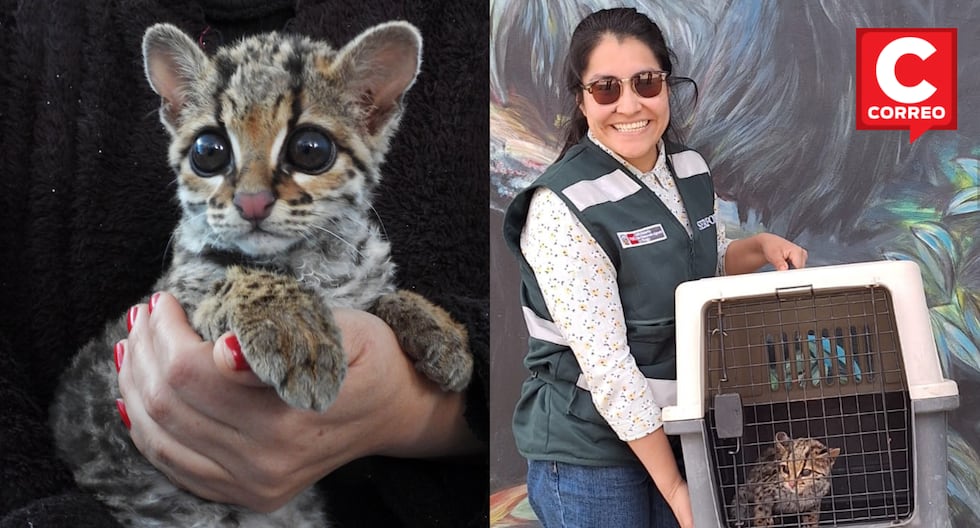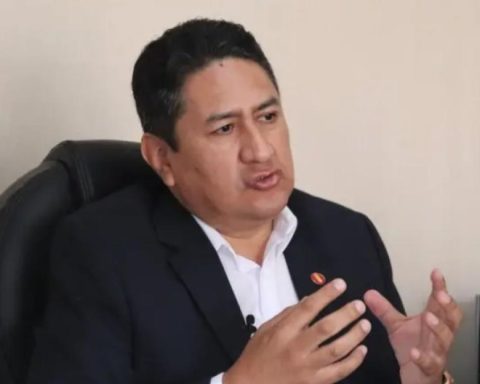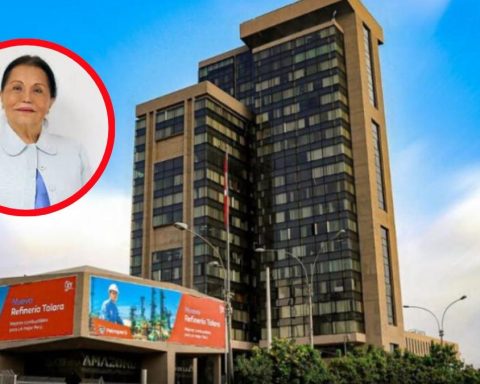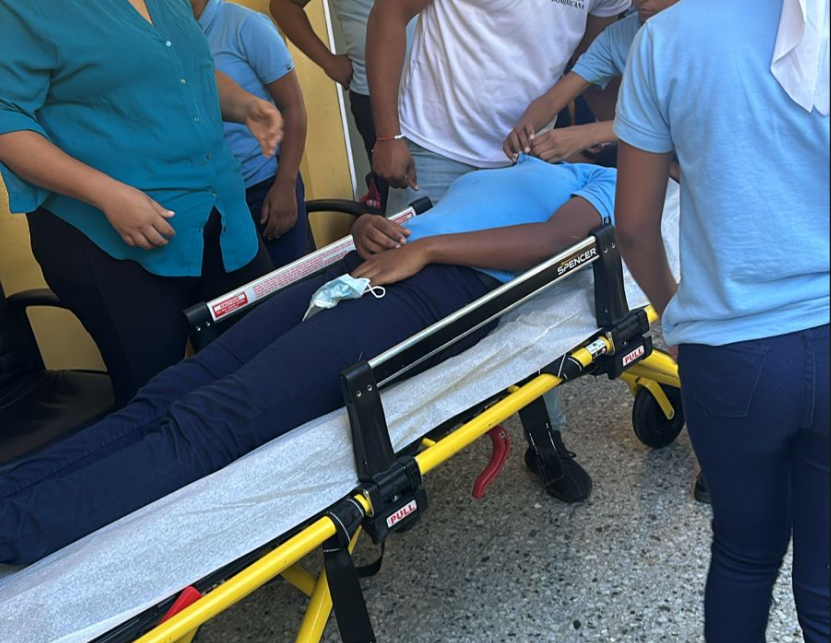The Ministry of Agrarian Development and Irrigation (MIDAGRI), through the National Forestry and Wildlife Service (SERFOR), reported the discovery of a specimen of wild fauna in the district of Yauyos, province of Jauja. It is a specimen of margay (Leopardus wiedii), a feline native to tropical and subtropical forests of America, which was found sheltered in the garage of a house, after being chased by a group of stray dogs.
SERFOR personnel went to the site after receiving the report from the local family. In an initial assessment carried out by specialists from the Technical Administration for Forestry and Wildlife (ATFFS) Sierra Central, they verified that the specimen is a juvenile male that is in a regular physical condition. There are no signs of dehydration and it has been fed adequately; however, it shows signs of stress attributable to the persecution it faced.
The feline has been placed in quarantine and is under constant supervision by the SERFOR veterinary medical team, who will monitor its health status on a daily basis. Additionally, the necessary arrangements are being made for its transfer to the Hoja Nueva Rescue Center, in order to proceed with its rehabilitation.
The final disposition of the specimen will depend on its evolution during the rehabilitation process and on the comprehensive assessment of its conditions for its release in a suitable and safe environment.
The veterinarian of the ATFFS Sierra Central, Stephany Rubina Arzapalo, highlighted the importance of reporting cases of wildlife findings to SERFOR, in order to guarantee a correct disposition of the specimens, prioritizing the well-being of the animal at all times.
With these actions, SERFOR reiterates the importance of not participating in the illegal capture or hunting of wild animals and urges the population to immediately report any situation involving protected species.
Hoja Nueva, located in the Peruvian Amazon, is a center specialized in the recovery and rehabilitation of wildlife, particularly animals that have been victims of trafficking or abuse. The center has a multidisciplinary team that works on the reintegration of these specimens into their natural habitat, as well as on education and awareness about the importance of the conservation of endangered species.


















